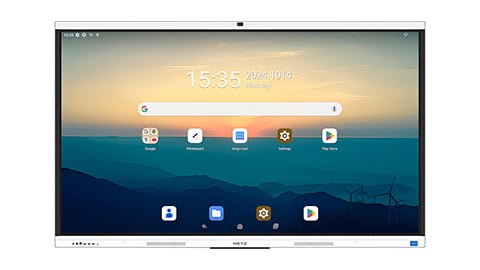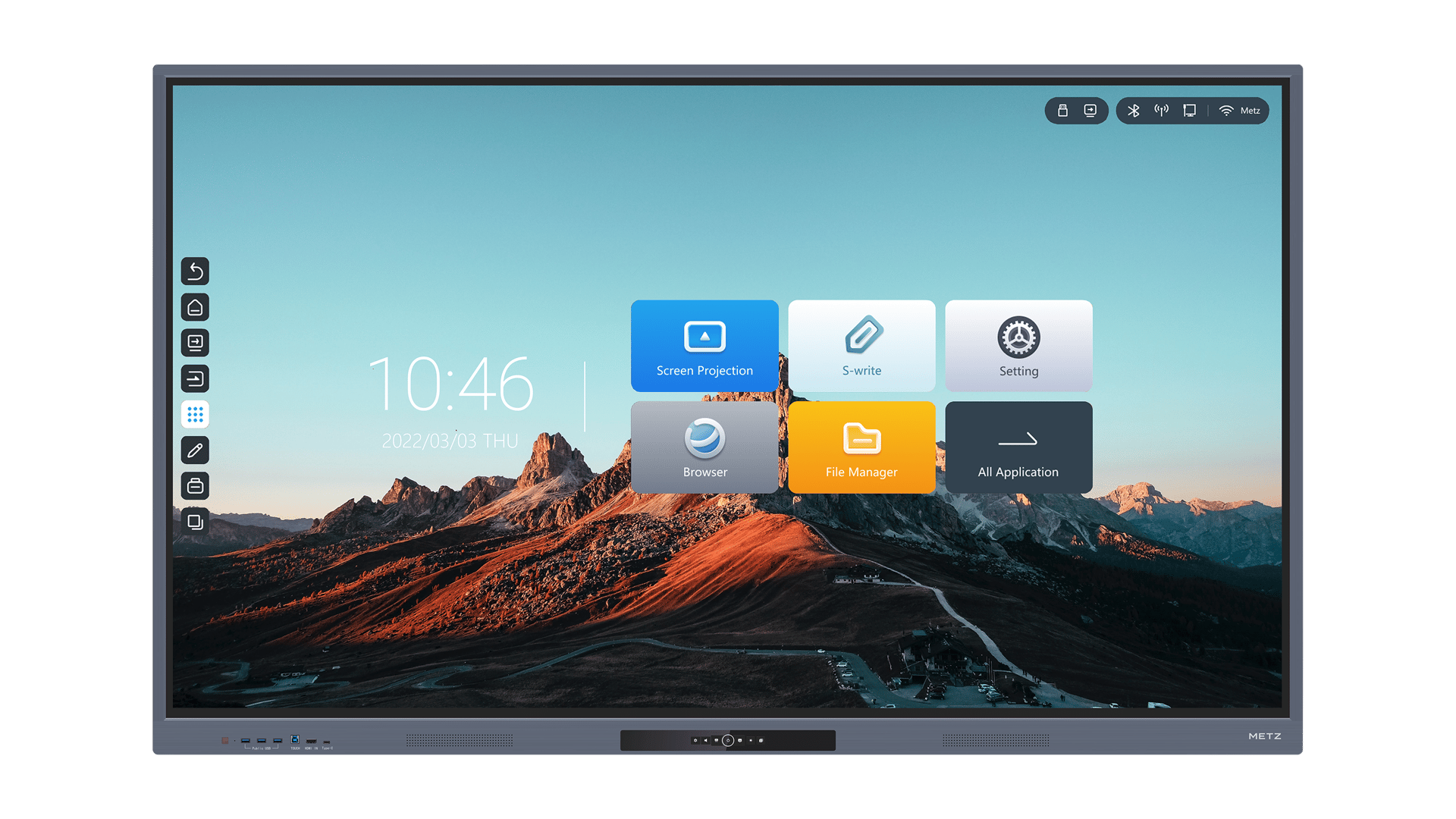Introduction
Smartboards have revolutionized the way teachers deliver lessons in the classroom. These interactive whiteboards offer endless possibilities for engaging students and enhancing their learning experience. In this article, we will explore various aspects of how to effectively use a Smartboard in the classroom.
1. Setting Up the Smartboard
Before you can start using a Smartboard, it is essential to set it up correctly. Begin by ensuring that the board is securely mounted on the wall or placed on a stable surface. Connect the Smartboard to a computer using the provided USB cable, and make sure the necessary software is installed and up to date.
2. Familiarizing Yourself with Smartboard Tools
A Smartboard offers a range of tools that can enhance your teaching. These tools include pens, erasers, shapes, and multimedia options. Spend some time exploring each tool and understanding its functionality. This will enable you to utilize the Smartboard's features efficiently during your lessons.
3. Interactive Presentations
Smartboards allow you to create interactive presentations that can captivate your students' attention. Incorporate multimedia elements such as images, videos, and audio clips to make your lessons more engaging. Use the Smartboard tools to annotate and highlight important points during your presentation.
4. Collaborative Learning
A Smartboard encourages collaborative learning among students. Utilize the board's interactive features to facilitate group activities and discussions. For example, you can divide the Smartboard into multiple sections and assign each group a specific task. This fosters teamwork and active participation in the classroom.
5. Digital Worksheets and Activities
With a Smartboard, you can create and share digital worksheets and activities. Use the board's touch capabilities to allow students to interact directly with the content. This promotes a hands-on learning experience and enables instant feedback. You can further enhance these activities by incorporating gamification elements.
6. Virtual Field Trips
A Smartboard opens the door to virtual field trips, enabling students to explore various locations and cultures without leaving the classroom. Use online resources and interactive maps to take your students on virtual adventures. This immersive experience enhances their understanding and broadens their horizons.
7. Formative Assessments
Smartboards offer excellent tools for conducting formative assessments. Use the board to create quizzes, polls, and interactive games that gauge students' understanding of the topic. Immediate feedback provided by the Smartboard helps identify areas where students may need additional support.
8. Digital Whiteboard
A Smartboard can serve as a digital whiteboard, eliminating the need for traditional marker boards. Utilize the board to write, draw, and solve problems, just like you would on a regular whiteboard. The added advantage of a Smartboard is the ability to save and share your work digitally.
9. Enhancing Accessibility
Smartboards offer features that enhance accessibility for students with diverse learning needs. These include text-to-speech functionality, magnifying tools, and color overlays. By utilizing these features, you can ensure that all students can fully participate in the learning process.
10. Professional Development
Lastly, remember that using a Smartboard effectively requires continuous professional development. Attend workshops or online courses to learn about new features and teaching strategies. Collaborate with colleagues to share ideas and best practices. By investing in your professional growth, you can maximize the benefits of using a Smartboard in the classroom.






